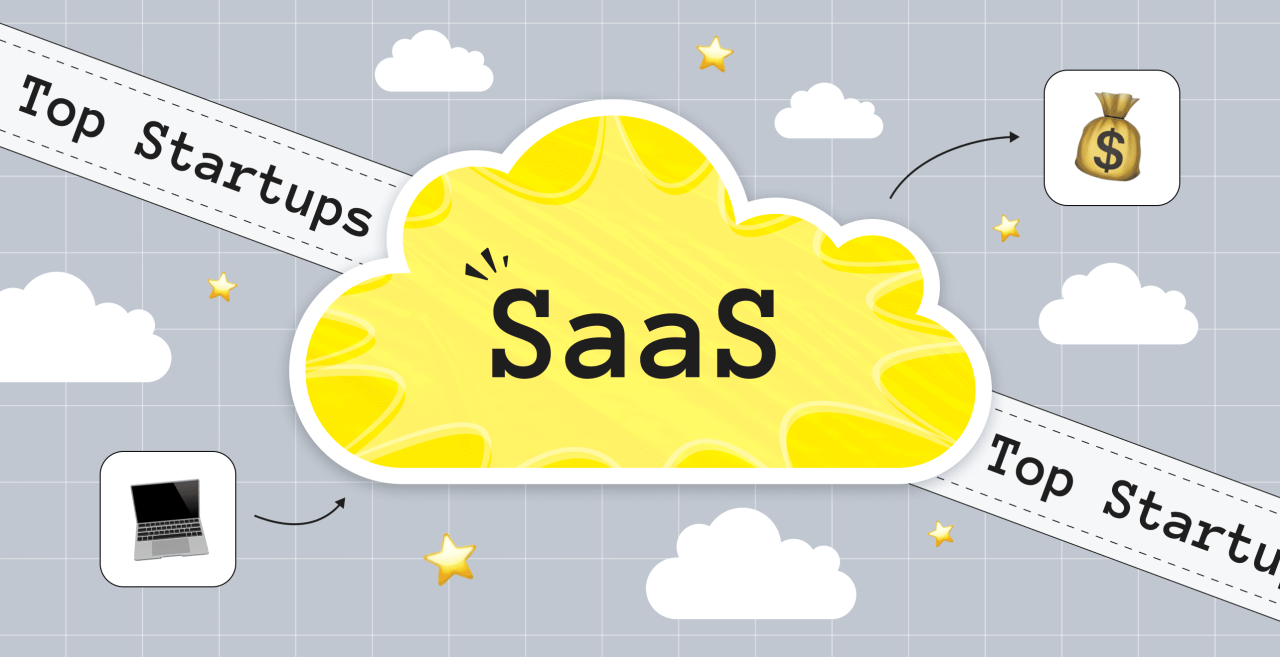The Future of AI in US Manufacturing: Trends to Watch
The Future of AI in US Manufacturing: Trends to Watch A tectonic shift is rippling through factory floors across America. Conveyor belts move with newfound intelligence. Assembly lines hum in synchrony with sensor arrays. At the heart of this metamorphosis is AI in manufacturing US, a convergence of machine learning, advanced analytics, and cyber-physical systems. Short bursts of clarity punctuate the narrative. Lengthier passages elucidate complex interdependencies. Together, they reveal a future where production is not only more efficient but also more adaptive, sustainable, and resilient.
This exploration charts pivotal trends shaping the next decade. From predictive maintenance to quantum-enhanced optimization, each section illuminates how artificial intelligence will revolutionize design, operations, and workforce dynamics. Uncommon terminology—like metrological insurrection and neuromorphic inference—adds an original flavor. Strap in for a detailed journey through the innovations, challenges, and strategic imperatives defining the rise of AI in manufacturing US.

Historical Context and Industry 4.0
The seeds of today’s intelligent factories were sown decades ago. In the 1970s and ’80s, programmable logic controllers (PLCs) automated discrete tasks. Over time, supervisory control and data acquisition (SCADA) systems knitted together operations with rudimentary dashboards. Yet true autonomy remained elusive.
Industry 4.0, coined in Germany in the early 2010s, introduced a visionary framework: the integration of Internet of Things (IoT) devices, cloud computing, and big data to create interconnected, resilient production ecosystems. Cyber-physical systems bridged the digital and physical realms. Real-time analytics replaced monthly reports. This blueprint laid the groundwork for AI in manufacturing US, accelerating the move from automation to autonomy.
Predictive Maintenance and Digital Twins
Unplanned downtime costs billions each year. Traditional maintenance schedules—time-based or usage-based—often lead to premature servicing or catastrophic failures. Enter predictive maintenance: machine learning models analyze vibration spectra, temperature fluctuations, and acoustic signatures to forecast imminent faults.
Digital twins amplify these capabilities by creating virtual replicas of machinery and processes. Through continual synchronization with live sensor streams, a digital twin can simulate stress tests, optimize operational setpoints, and prescribe maintenance actions with granularity down to individual components. This combination of prognostics and holism epitomizes the potential of AI in manufacturing US to slash downtime, extend equipment life, and enhance overall asset utilization.
Autonomous Robotics and Cobots
Robots have long handled repetitive tasks in confined cages. The new generation of autonomous mobile robots (AMRs) and collaborative robots (cobots) breaks free of those constraints. AMRs navigate dynamic warehouse environments using simultaneous localization and mapping (SLAM) algorithms.
Cobots, equipped with torque sensing and force feedback, work shoulder-to-shoulder with human operators. They adjust grip strength in real time, preventing pinch injuries. Reinforcement learning enables them to adapt pick-and-place routines on the fly, mastering new parts in hours rather than weeks. These innovations underscore how AI in manufacturing US is democratizing robotics, boosting throughput, and elevating workplace safety.
Additive Manufacturing and AI-Driven Design
3D printing—once relegated to prototyping—now scales to end-use production of aerospace components and medical implants. Generative design tools, powered by evolutionary algorithms, propose thousands of lattice structures optimized for strength-to-weight ratios, thermal dissipation, and material minimization.
Machine vision systems inspect printed parts layer by layer, detecting deviations in real time. Closed-loop feedback adjusts laser power and deposition rates mid-build, ensuring dimensional fidelity. This union of additive manufacturing and AI transforms design into an iterative, data-infused process—highlighting the profound influence of AI in manufacturing US on customization and complexity.
Supply Chain Optimization and Resilience
Global disruptions—from pandemics to geopolitical tensions—have spotlighted fragility in just-in-time supply chains. AI-driven supply chain control towers ingest multi-tier data: supplier performance, freight schedules, port congestions, even social media sentiment.
Advanced optimization engines leverage robust stochastic programming to generate multi-scenario contingency plans. Digital ledger technologies provide immutable provenance, enhancing traceability for critical components. Real-time risk dashboards alert procurement teams to impending shortfalls, enabling rapid rerouting or dual-sourcing strategies. In doing so, AI in manufacturing US fosters supply chain resilience, balancing cost efficiency with strategic flexibility.
Quality Control and Advanced Metrology
Defect detection once relied on human inspectors or threshold-based sensors. Today, convolutional neural networks scrutinize high-resolution images of parts, spotting micro-cracks, surface anomalies, and misalignments invisible to the naked eye.
Metrology robots equipped with LiDAR and structured-light scanners perform inline dimensional analysis, comparing every unit against CAD models in seconds. Anomaly detection algorithms flag drift in calibration, triggering self-compensating routines to maintain measurement fidelity. This fusion of computer vision and high-precision metrology exemplifies how AI in manufacturing US ensures consistently superior product quality.
Human-Machine Synergy and Augmented Reality
Rather than replacing skilled workers, AI augments their capabilities. Augmented reality (AR) headsets overlay digital schematics onto physical equipment, guiding technicians through complex assemblies step by step.
Gesture recognition interfaces allow hands-free verification of torque values or part numbers. Knowledge graphs dynamically surface relevant standard operating procedures based on contextual cues. In fusion workshops, blended-reality environments enable remote experts to annotate live video streams with holographic pointers. Such human-machine synergy underscores the role of AI in manufacturing US in amplifying expertise and reducing error rates.
Sustainable Manufacturing and Energy Efficiency
Environmental stewardship is no longer optional. AI models optimize energy consumption by correlating machine load profiles with electricity price signals, shifting high-intensity tasks to off-peak hours.
Process mining tools identify bottlenecks that drive energy waste—excessive heating cycles, idle conveyors, unbalanced motors. Predictive analytics forecast maintenance-induced inefficiencies, enabling timely interventions that prevent energy leaks. Carbon footprint tracking, integrated with enterprise resource planning (ERP) systems, quantifies emissions across product lifecycles. In this way, AI in manufacturing US becomes a powerful ally in forging greener, more sustainable operations.
Edge Computing, 5G Integration, and Emerging Technologies
Ultra-low-latency applications demand computation at the network edge. Micro data centers co-located on factory premises host inference engines that process sensor data in milliseconds.
The rollout of 5G private networks unlocks high-throughput, deterministic communication for synchronizing distributed robots, real-time quality inspections, and autonomous guided vehicle (AGV) fleets. Beyond 5G, nascent paradigms like neuromorphic computing—leveraging spiking neural networks—and quantum-enhanced optimization promise orders-of-magnitude boosts in inference speed and combinatorial problem solving. These vanguard technologies highlight the sprawling frontiers of AI in manufacturing US, where tomorrow’s breakthroughs incubate today.
Challenges, Ethics, and Future Outlook
Integrating AI at scale poses hurdles: data silos, legacy equipment, and workforce skilling gaps can stall digital transformation. Cybersecurity remains paramount as connected devices expand the attack surface. Ethical considerations—algorithmic transparency, bias mitigation, and equitable labor transitions—demand deliberate governance frameworks.
Yet the momentum is undeniable. By 2030, autonomous microfactories may bloom in every industrial corridor. Holistic optimization routines will synchronize energy, materials, and labor with unprecedented fidelity. A paradigm dubbed “Industry 5.0” will center human creativity alongside machine precision, fostering mass customization and hyper-responsiveness. The trajectory of AI in manufacturing US points toward ecosystems that are not only efficient but also adaptive, ethical, and regenerative.
The future of American manufacturing is being rewritten in code. Artificial intelligence—once a nascent curiosity—now orchestrates maintenance schedules, guides robotic cohorts, and designs the very products rolling off the line. From metrological insurrection to neuromorphic inference, the lexicon of innovation is vast and evolving. As factories harness these advances, they will unlock new productivity plateaus, foster sustainable practices, and empower workforces for the complexities of tomorrow. The era of AI in manufacturing US is not a distant vision; it is the defining movement of industry today and the compass pointing toward tomorrow’s possibilities.




